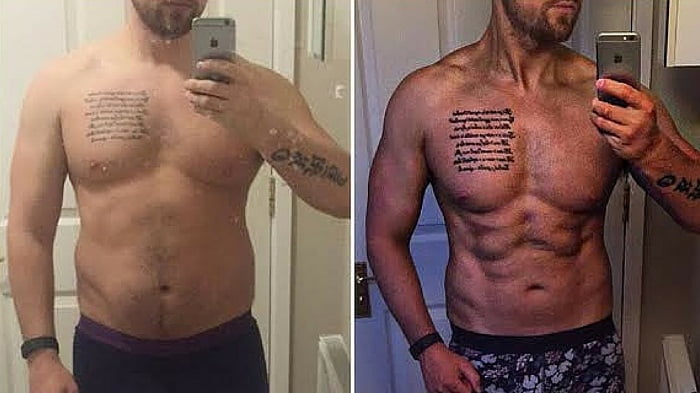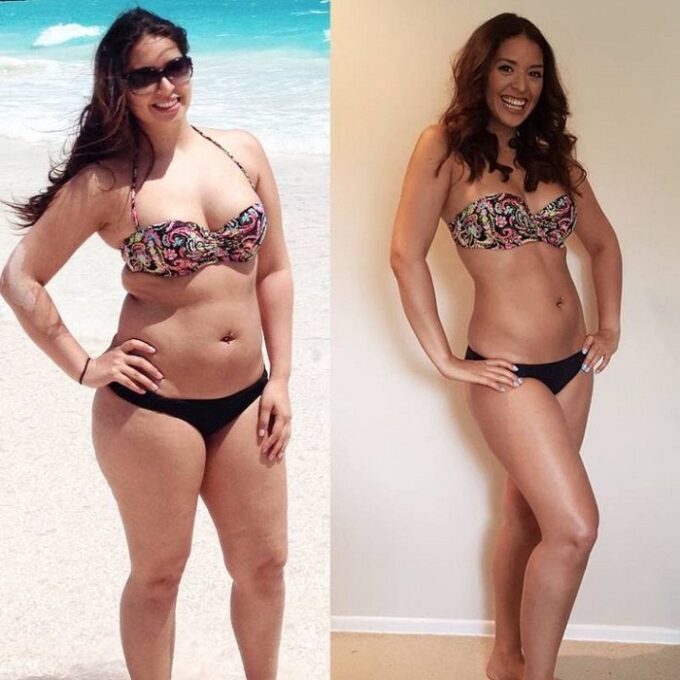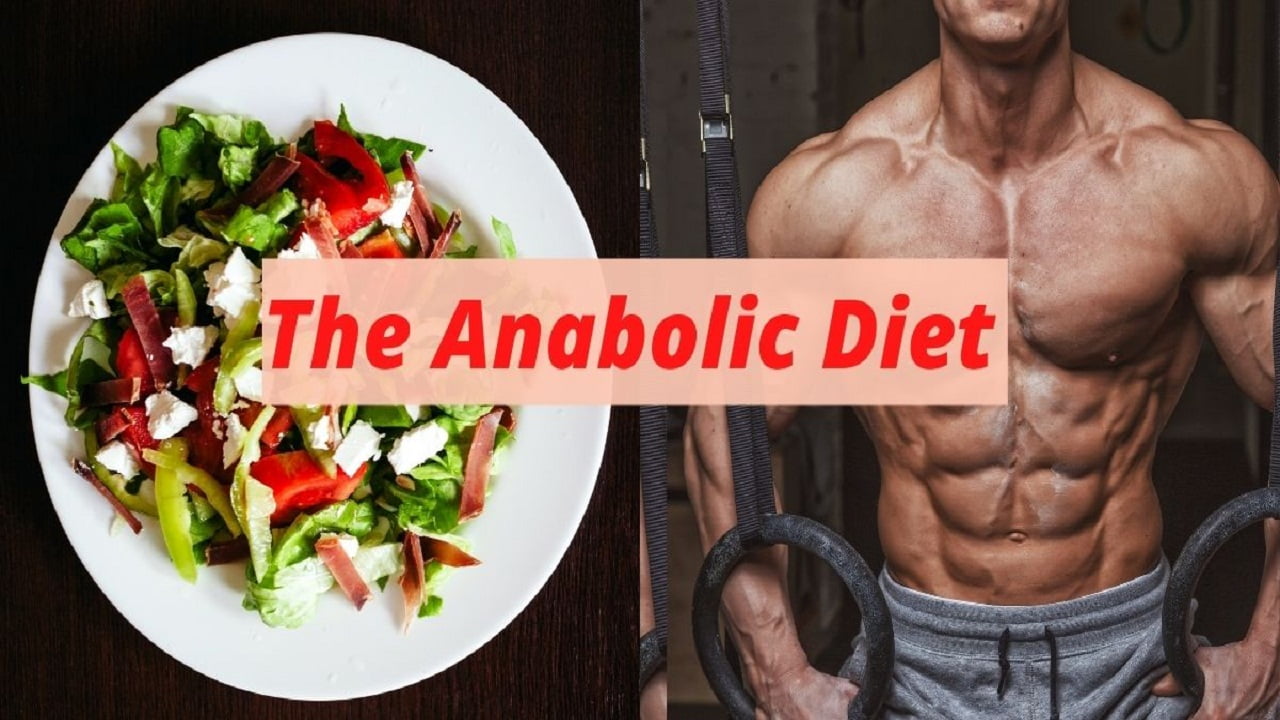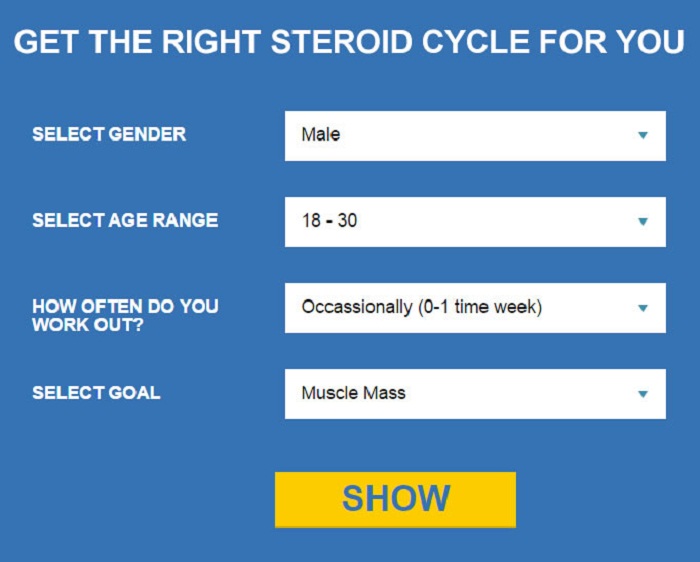Understanding the Concept of the Anabolic Diet
Contents
- 1 Understanding the Concept of the Anabolic Diet
- 2 The Genesis and Evolution of the Anabolic Diet
- 3 Expected Benefits and Criticisms
- 4 Anabolic Diet Explained
- 5 Fundamental Principles of the Anabolic Diet
- 6 Differences Between the Anabolic Diet and Traditional Diets
- 7 Understanding the Science Behind the Anabolic Diet
- 8 Implementation Stage of an Anabolic Diet
- 9 Preparing for the Anabolic Diet
- 10 A Typical Day on the Anabolic Diet
- 11 Navigating Challenges in the Initial Stages
- 12 Effective Meal Planning for the Anabolic Diet
- 13 Essential Foods in the Anabolic Diet
- 14 Customizing Your Meal Plan
- 15 Sample Weekly Meal Plans
- 16 Physical Effects and Health Implications of Anabolic Diet
- 17 Impact on Body Composition and Muscle Building
- 18 Potential Side Effects and How to Manage Them
- 19 Interplay Between the Anabolic Diet and Long-Term Health
- 20 Adherence and Modifying the Anabolic Diet
- 21 Strategies for Staying Committed to the Anabolic Diet
- 22 Adjustments and Alterations for Different Lifestyle Changes
- 23 Transitioning Off the Anabolic Diet Safely
- 24 The Essence of the Anabolic Diet
- 25 Examining the Pros and Cons
- 26 The Sustainability of the Anabolic Diet
- 27 Frequently Asked Questions (FAQs)
- 28 Is the Anabolic Diet Right for Me?
- 29 What are Expected Short-Term and Long-Term Changes?
- 30 How to Achieve Maximum Benefits from the Anabolic Diet?
The Anabolic Diet represents a one-of-a-kind approach to healthy eating, giving special attention to balancing the consumption of macronutrients (carbohydrates, proteins, and fats), with the aim of optimizing the body’s muscle-building (anabolic) processes. Unconventionally, it promotes fat and proteins as key energy sources, while significantly limiting carbohydrate intake. The entire diet operates on the principle of triggering the body’s natural anabolic state to enhance muscle development and weight management.
Also Read: Legal Steroids That Really Work: A Comprehensive Guide
The Genesis and Evolution of the Anabolic Diet
The Anabolic Diet was actually formulated by Dr. Mauro Di Pasquale, a medical doctor and powerlifting champion, in the 1990s. He developed it to help athletes maintain a lean and muscular physique while reducing body fat, without having to undertake rigorous calorie counting typically associated with traditional diets. Over the years, many have tweaked their diet to suit their unique lifestyle and fitness goals, but the underlying philosophy remains the same — cyclically shifting between high-fat/low-carb and moderate-carb intake to stimulate fat loss and muscle growth.
Expected Benefits and Criticisms
Numerous benefits are associated with the Anabolic Diet. Proponents claim it improves body composition by increasing muscle mass, decreases body fat, and enhances physical performance. Moreover, there are assertions that it stabilizes energy levels and improves mood, given its emphasis on healthy fats. On the flip side, criticisms mostly hinge on potential nutrient deficiencies, health risks associated with high-fat intake, and the initial discomforts during the adaptation phase.
Anabolic Diet Explained

The Anabolic Diet operates in two main phases— the high-fat/low-carb phase (5-6 days) and the high-carb phase (1-2 days). The former, also known as the metabolic shift phase, comprises mostly fats (60-70%), proteins (30-40%), and very low carbs (<30g/day). This phase attempts to condition your body to use fats, rather than carbs, as its primary source of energy. The high-carb phase makes carbs the primary nutrient, mimicking a typical Western diet, and acts as a brief period to restore glycogen levels in muscles and liver.
Fundamental Principles of the Anabolic Diet
Evenly distributing protein, keeping carbohydrates to a bare minimum, and making healthy fats the mainstay of your meals lie at the core of the Anabolic Diet. It also necessitates a thorough understanding of food labels, macros, and clever meal planning. Plus, followers need to be patient, since the metabolic shift from carbs to fats as the body’s primary energy source usually takes about one to two weeks.
Differences Between the Anabolic Diet and Traditional Diets
Traditional diets usually focus on calorie counting, portion control, and balanced consumption of macronutrients—with carbohydrates often playing a major role. The Anabolic Diet, however, turns the conventional wisdom on its head. Here, it’s all about controlling the type of macronutrients consumed. The goal is to stimulate anabolic (muscle-building) and metabolic (burning fat) responses within the body.
Understanding the Science Behind the Anabolic Diet

The Anabolic Diet revolves around the science of human metabolism. Normally, our bodies prefer carbs for energy production. Significantly limiting carb intake during the high-fat/low-carb phase, forces the body into a metabolic state known as ketosis, where fats become the primary energy source. Then, by introducing a brief period of high-carb consumption, it replenishes muscle glycogen to bolster energy and growth.
Implementation Stage of an Anabolic Diet
Embarking on the Anabolic diet involves a decisive action plan. At the outset, you should set achievable fitness goals and understand your dietary needs. You’ll then need to slowly but surely adapt to decreased carb and increased fat intake, ensuring to consume enough protein to support muscle maintenance and growth. This is followed by monitoring your progress and making necessary tweaks to your plan.
Preparing for the Anabolic Diet
Before launching into the Anabolic Diet, it’s critical to do your homework. Understand what the diet entails, its underlying principles, and potential side effects. Also, preparing your kitchen for the diet is crucial. Stock up on high-protein, high-fat foods, and limit the availability of carbohydrate-rich foods.
A Typical Day on the Anabolic Diet
A day in the life of an Anabolic Diet follower typically begins with a high-protein, high-fat breakfast. Meals throughout the day continue to emphasize fats and proteins, prioritizing foods like lean meats, eggs, cheese, nuts, and olive oil. Carbs are kept incredibly low, usually stemming from incidental intake through protein and fat sources. Mounting hungry in-between? Snack on almonds, cheese, or a homemade protein shake.
Transitioning to the Anabolic Diet can bring some initial discomforts like fatigue, hunger, mood swings, or digestive issues, commonly referred to as the ‘keto flu’. Yet, most of these symptoms are temporary, subsiding as your body adjusts to the new fuel source. Drinking lots of water, consuming enough electrolytes, and ensuring adequate rest are crucial during this phase.
Effective Meal Planning for the Anabolic Diet
When it comes to the Anabolic Diet, planning is pivotal. First, know your macronutrient targets for high-fat/low-carb and high-carb days. Prepare a food list, invest time to cook in bulk, and have quick and easy recipes on hand. Incorporate variety into your meals to avoid monotony and focus on nutrient-dense options like lean meats, fibrous veggies, nuts, and seeds.
Essential Foods in the Anabolic Diet
Key food items on the Anabolic Diet include lean animal proteins (chicken, turkey, lean beef), fatty fish, eggs, cheese, full-fat dairy, leafy green vegetables, avocados, nuts, seeds, and healthy oils. These foods provide the necessary macronutrients and aid in maintaining satiety. Carbs, when included, should be complex like sweet potatoes, brown rice, or fruits, and mostly consumed during the high-carb days.
Customizing Your Meal Plan
Everyone’s fitness goals, dietary preferences, and tolerance to different foods are unique. Therefore, customizing your meal plan based on these parameters is not only crucial for your success on the Anabolic Diet but also for ensuring long-term adherence. Consulting with a registered dietitian or a certified nutritionist could provide you with useful insights.
Sample Weekly Meal Plans
Implementing the Anabolic Diet can be simplified by using sample meal plans. These act as a guide to the types of food you should be eating, the quantities, and how to balance your macronutrients throughout the day. However, remember they’re just a guide, and it’s essential to listen to your body and adjust accordingly.
Physical Effects and Health Implications of Anabolic Diet
Regular followers of the Anabolic Diet often report transformations in their physique, marked by increased muscle mass, and reduced body fat. From a health perspective, this diet could potentially improve blood lipid profiles, insulin sensitivity, and energy stability. It’s, however, recommended to regularly monitor your health markers under the supervision of a healthcare professional.
Impact on Body Composition and Muscle Building

One of the primary reasons the Anabolic Diet is popular among athletes and bodybuilding communities is its purported ability to enhance body composition and muscle development. The diet promotes lean muscle gain through its high-protein content, while the cyclic low-carb, high-carb pattern aids in reducing fat mass. Nevertheless, results can vary widely based on individual genetics, workout intensity, and adherence to the diet.
Potential Side Effects and How to Manage Them
Some side effects related to the Anabolic Diet include short-term digestive issues, changes in energy levels, and micronutrient deficiencies. To combat this, monitor your food intake, drink lots of water, ensure adequate electrolyte consumption, and consider a well-rounded multivitamin supplement.
Interplay Between the Anabolic Diet and Long-Term Health
There’s an ongoing debate about the impacts of long-term adherence to the Anabolic Diet, particularly related to cardiovascular health, given the predominantly high-fat content. While some studies suggest potential merits such as improved lipid profile and insulin resistance, for some people, particularly those with certain pre-existing conditions, this diet could pose risks. Long-term effects need further research and individual consultation with healthcare professionals is recommended.
Adherence and Modifying the Anabolic Diet
Staying committed to any diet can be challenging. It can be particularly daunting when the diet calls for drastic changes in eating habits, like the Anabolic Diet. However, factors like meal planning, dietary education, social support, and gradual introduction of changes could enhance adherence. As with any dietary strategy, modifications are often necessary to make it tailor-fit to individual health needs and lifestyles.
Strategies for Staying Committed to the Anabolic Diet
Develop a strong understanding of why you’re following the Anabolic Diet, set realistic goals, plan your meals in advance, and understand that progress might be slow and gradual. These steps can increase your chances of sticking with this diet in the long term. Remember, consultation with a dietitian or a nutrition professional is invaluable here too.
Adjustments and Alterations for Different Lifestyle Changes

Lifestyle changes like increased job stressors, travel, changes in physical activity, or medical circumstances might need you to adjust your Anabolic Meal Plan. The diet is flexible enough to allow for these changes. It’s important to maintain the core principle of the high-fat/low-carb phase, but the specific food choices and timings can be tweaked to better fit your lifestyle necessities.
Transitioning Off the Anabolic Diet Safely
Just like how entering the Anabolic Diet requires preparation, transitioning off it should also be managed effectively to reduce any potential adverse effects. Gradually increasing your carbohydrate intake, while consistently monitoring your response, might be a good approach. Also, it’s crucial to maintain a balanced and nutrient-dense diet even after transitioning off the Anabolic Diet.
The Essence of the Anabolic Diet
The Anabolic Diet, at its core, is a structured approach to consuming macronutrients with a view to optimizing the body’s natural anabolic processes and metabolic efficiencies. The diet condenses into two cyclical phases and intends to shift the body’s primary energy source from carbs to fats, thereby promoting muscle growth and fat loss. Though seemingly unusual, with careful planning, it could potentially be a winning dietary strategy for certain individuals.
Examining the Pros and Cons
Like any diet, the Anabolic Diet has its pros and cons. From alleged results in improved body composition and stable energy levels to potential pitfalls such as digestion issues and initial discomforts, it’s important to weigh the benefits against the drawbacks. Make sure to work with your healthcare provider to reduce any potential risks.
The Sustainability of the Anabolic Diet
The key to the sustainability of any diet is whether it can be integrated into your lifestyle seamlessly, without causing significant distress or inconvenience. While the Anabolic Diet could potentially offer significant benefits, its sustainability is subjective and largely depends on individual dietary preferences, lifestyle needs, and overall health status.
Frequently Asked Questions (FAQs)
Is the Anabolic Diet Right for Me?
Whether the Anabolic Diet is right for you entirely depends on your individual health status, dietary preferences, lifestyle needs, and fitness goals. Consulting with a healthcare provider, like a dietitian or a nutritionist, can offer valuable insights on this matter.
What are Expected Short-Term and Long-Term Changes?
In the short term, you can expect some discomfort as your body adjusts to the metabolic shift. Once adapted, followers often report increased energy levels, improved mood, fat loss, and muscle gain. For the long term, the effects are largely individual and should be regularly reviewed under proper medical supervision.
How to Achieve Maximum Benefits from the Anabolic Diet?
Outlook to maximize the benefits of an Anabolic Diet includes adhering strictly to the diet’s macronutrient guidelines, understanding portion sizes, regular health check-ups, and complementing it with a robust exercise regimen. Staying hydrated, ensuring proper rest, and managing stress levels are equally important on this journey.
Keep in mind that clear communication with your healthcare professional is key to optimally adjusting and personalizing your approach to the Anabolic Diet. Their expertise can help tailor the diet to your specific needs and goals. Always recall the adage— it’s not one size fits all, particularly when it comes to nutrition. Your unique lifestyle, health status, and preferences play a vital role in determining how the Anabolic Diet could potentially serve you. Embrace the excitement of this journey of self-discovery and transformation!



1 thought on “The Best Anabolic Diet Guide You’ll Ever Need”